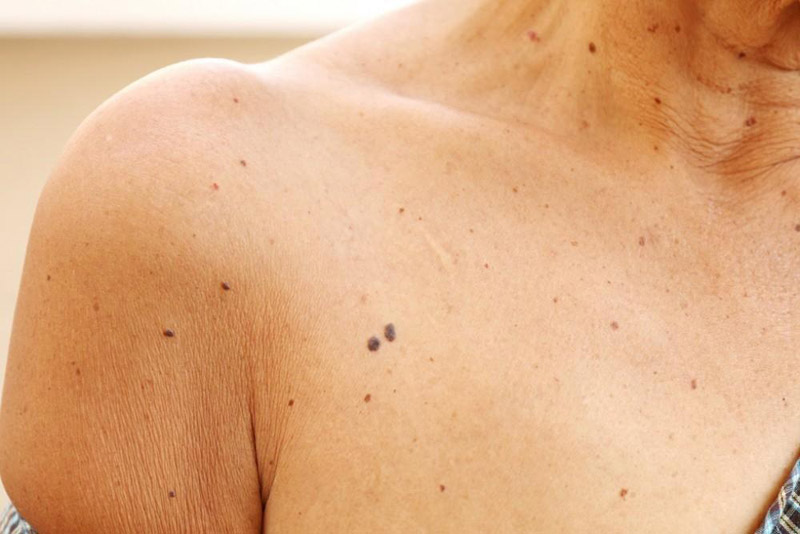Call Us
310-274-4401
Blog
How Often Should I Have My Skin Checked?

If you are under 30, you may be one of the 50% of people who report getting a sunburn in any given year. This will not cause skin cancer right away. It can take as many as 20 years for signs of sun damage to emerge. However, every time ultraviolet light affects your skin, your exposure adds up and your chances of a skin cancer diagnosis. May is Skin Cancer Awareness Month and a prime opportunity to pay attention to how UV rays can harm your skin.
The cost of sunburns and tanning sessions add up over time. If you have a history of these or previous bouts of skin cancer, book an annual visit for your skin check with Board-Certified Dermatologist Dr. Vicki Rapaport at Rapaport Dermatology, with offices in Beverly Hills and Culver City, California,
Why a Skin Check With a Dermatologist?
Primary care providers may include a skin check during your visits. A comprehensive skin exam helps to find moles or growths that might suggest problems, using a special light to highlight any irregularities.
A professional skin check with Dr. Rapaport ensures that hard-to-see body parts are checked thoroughly for signs of skin cancer.
Signs of Skin Cancer
Basal cell and squamous cell carcinomas are the skin cancers most often seen. You could see these first as tiny red nodules or as patches of scaly skin. The spots may be raised or ooze or bleed easily. Basal cell carcinomas could also look like brown scars or flesh-toned lesions. Squamous cell carcinomas sometimes form as rough-textured lumps on your skin that grow slowly and will nt clear up on their own.
Melanomas are more dangerous, but fortunately, these do not occur as often. They may look like moles, but usually with some irregularities. The ABCDE mnemonic helps to identify melanomas. The steps include:
- Asymmetry: Melanomas are not perfectly round like healthy moles
- Borders: often bumpy and irregular
- Color: melanomas may appear red, blue, or black rather than a normal brown mole color
- Diameter: Melanomas are generally one-quarter inch or larger in diameter
- Evolving: melanomas can grow or change shape or color unlike normal moles
When You Find a Suspicious Skin Change
Discuss any skin or mole changes you experience with Dr. Rapaport for further investigation. Changes are not a guarantee you are developing skin cancer, but it is prudent to check these when they occur.
If your growth is cancerous, you have options including cryotherapy and excision. Mohs surgery is a delicate excision procedure where the growth or mole is removed one layer at a time to reduce trauma and damage to your surrounding healthy tissue.
Reducing Your Skin Cancer Risk
Some cases of skin cancer are preventable though sometimes genetic factors could play a role. You can, however, control your exposure to the harmful UV rays in sunlight, including:
- Staying indoors between 10 am and 4 pm
- Using a broad-spectrum sunscreen with an SPF (sun protection factor) of at least 30 whenever you are outside
- Reapplying sunscreen every two hours or more often when you are sweating or swimming
- Wearing sunglasses that block UV light and wearing a broad-brimmed hat
- Avoid using tanning beds or sun lamps
To book your annual skin check call Rapaport Dermatology today.
